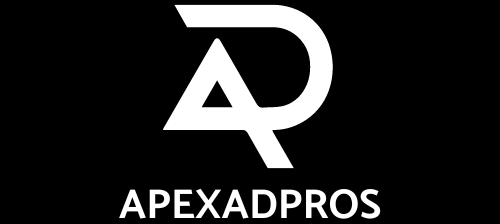What is Core Web Vitals and How to Fix Them
Core Web Vitals, a crucial collection of metrics, to analyze and improve website user experience. They specialize on three main areas: visual stability, interactivity, and loading performance. These indicators are crucial for both affecting search engine rankings and improving user experience.
Important Measures for Largest Contentful Paint (LCP) by Core Web Vitals: This metric measures how well a webpage loads. It measures how long it takes for the largest visible content element—such as a text block or image—to load. Less than 2.5 seconds is a good LCP score.
Interaction to Next Paint (INP): This gauges how well a website reacts to user input. An INP of 200 milliseconds or less indicates a quick and responsive experience.
Cumulative Layout Shift (CLS): This statistic measures how much the layout shifts throughout the loading period in order to evaluate visual stability. A CLS score of 0.1 or lower is excellent because it shows that there aren’t many unexpected layout adjustments that could interfere with the user experience.
The Value of Essential Web Information
It is important to optimize Core Web Vitals for multiple reasons:
User Experience: Users are more satisfied and engaged with websites that score highly on these metrics because they offer a faster, more stable, and more seamless experience.
Benefits of SEO: Google’s ranking algorithms take Core Web Vitals into account. Website visibility and traffic are expected to increase when they rank higher in search results, provided they reach or above the required criteria.
Conversion Rates: Users are more likely to stay on a website that loads quickly and reacts to their activities, so improved performance metrics can result in lower bounce rates and greater conversion rates.
Methods for Developing Core Web Essentials
Take into account the following tactics to improve the Core Web Vitals scores for your website:
Optimize Pictures and Videos: Make sure that the sizes and compressions of pictures and videos are correct. To enhance LCP, use contemporary picture formats like WebP and think about slow loading for off-screen material.
Minimize Resources That Block Rendering: Lessen the influence of JavaScript and CSS files that obstruct rendering. This can be performed by employing parallel loading strategies or postponing non-essential programs.
Improve Server Response Times: To lower Time to First Byte (TTFB), which can have a favorable impact on LCP, use effective hosting options and streamline your backend operations.
Minimize Layout Shifts: Use the size attributes for movies and photos to avoid layout changes when the content loaded. Refrain from adding content atop already-existing content, as this may result in unexpected layout changes.
Make use of material Delivery Networks (CDNs): By caching material closer to users’ locations, CDNs can help deliver content more rapidly and improve loading times.
Frequent Testing and Monitoring: To find areas for improvement in your Core Web Vitals performance, utilize tools like Lighthouse, Google PageSpeed Insights, or Semrush Site Audit. You may learn how changes affect the user experience over time by keeping an eye on things.
Website owners may significantly improve their Core Web Vitals, which will boost user experiences and search engine performance, by concentrating on these tactics.
